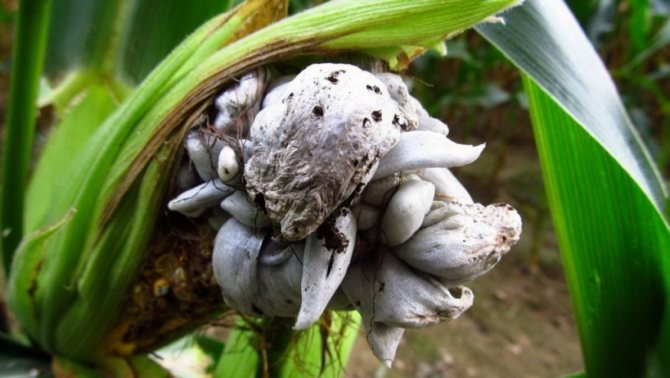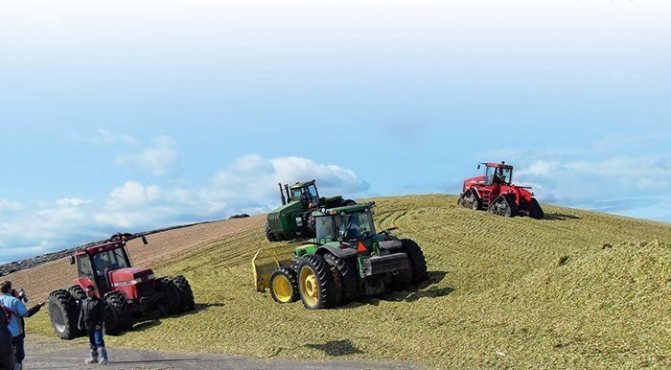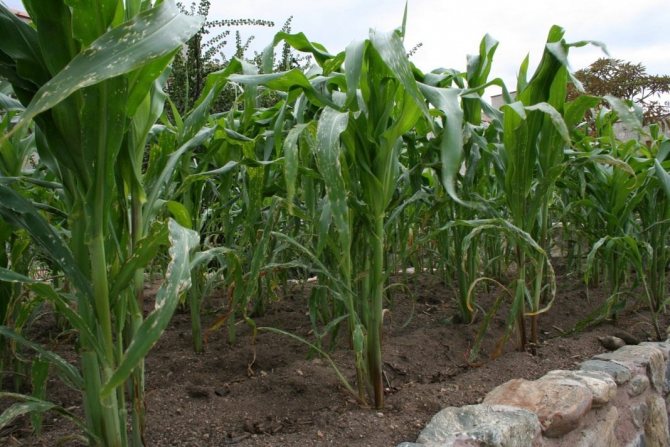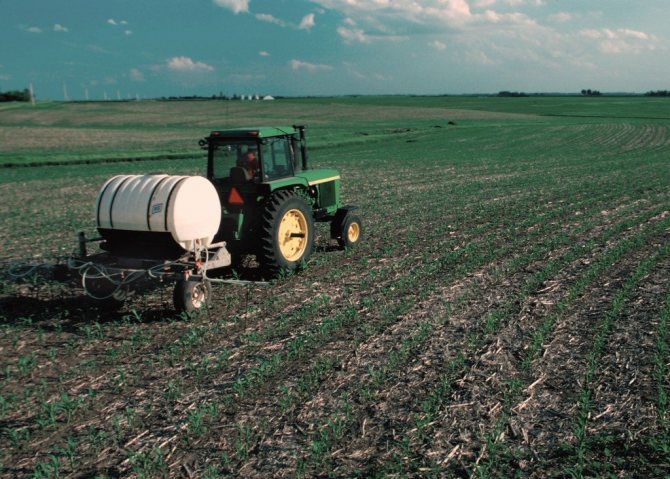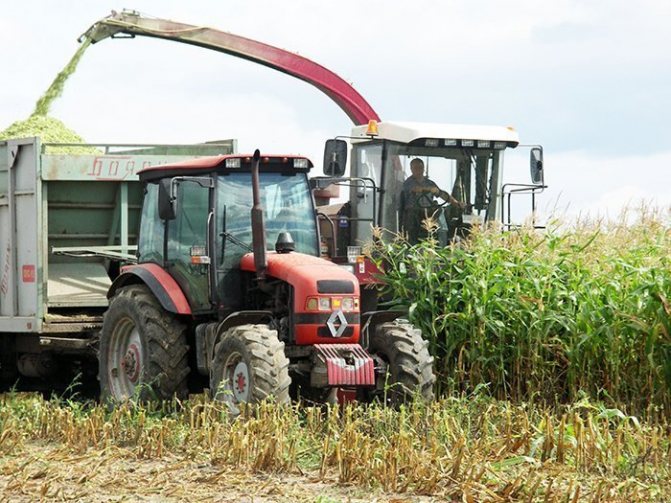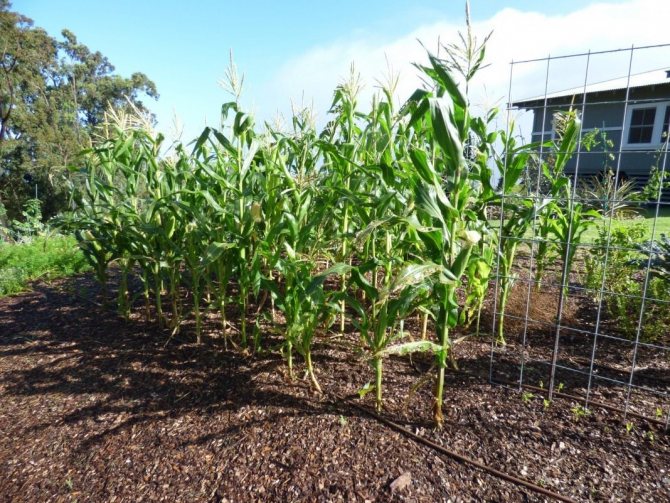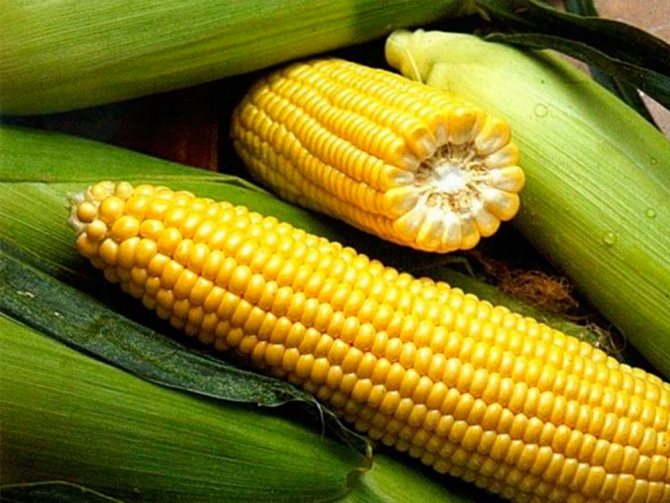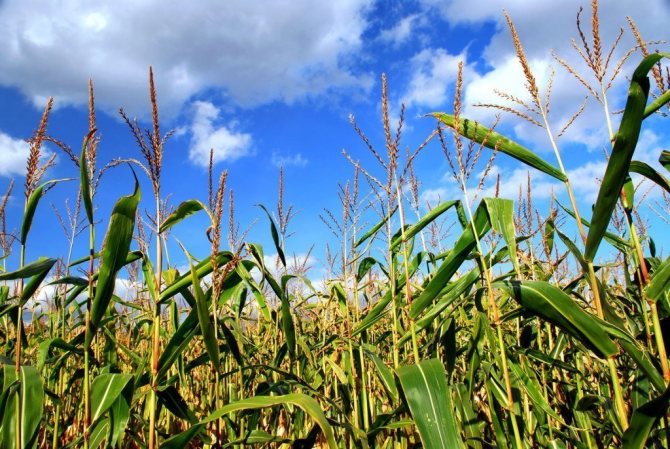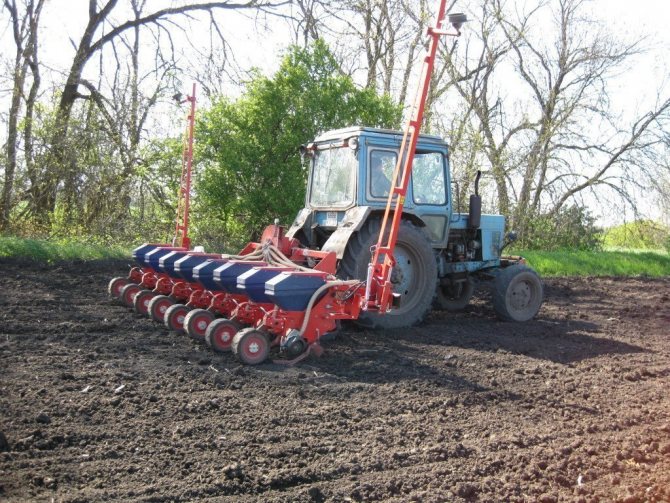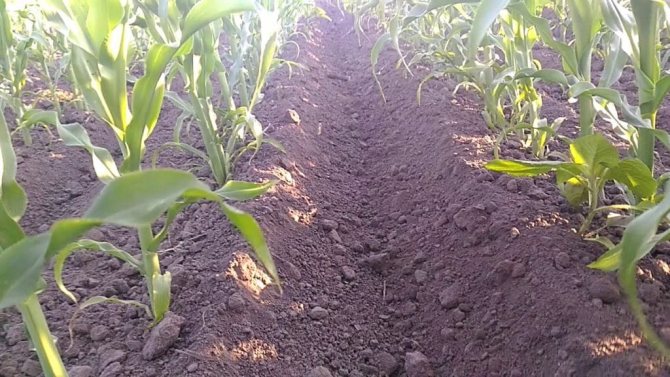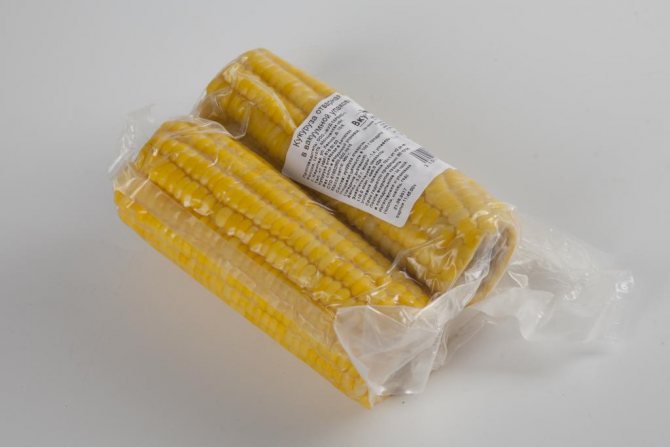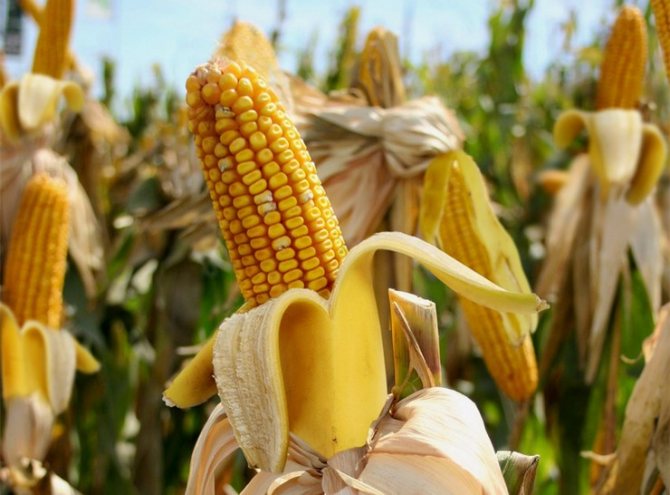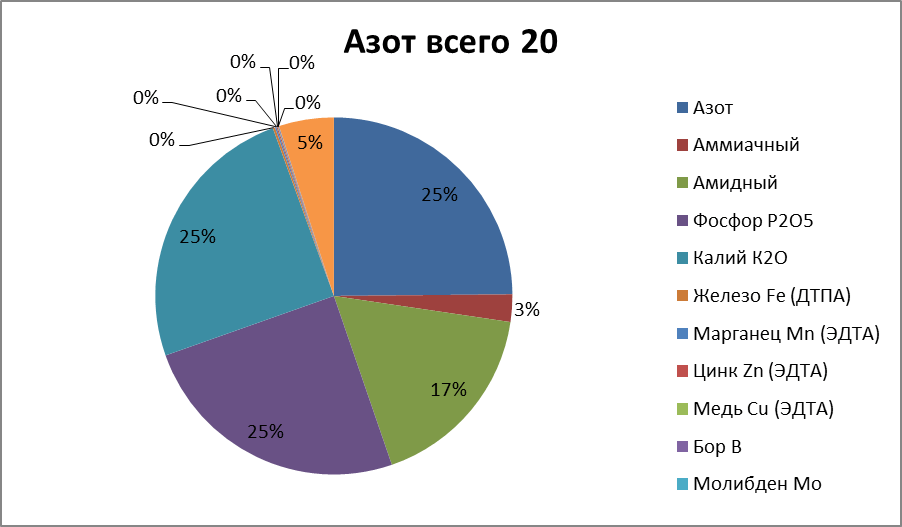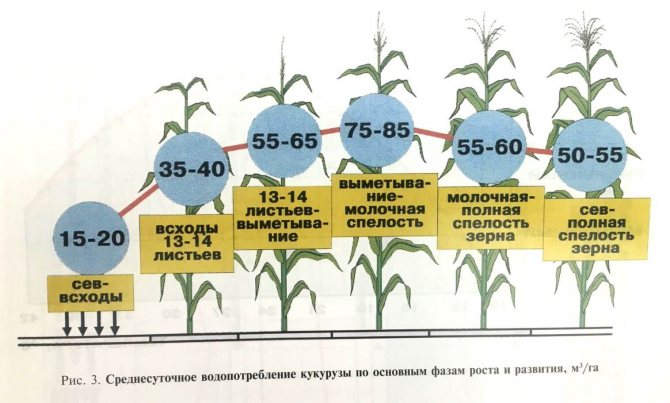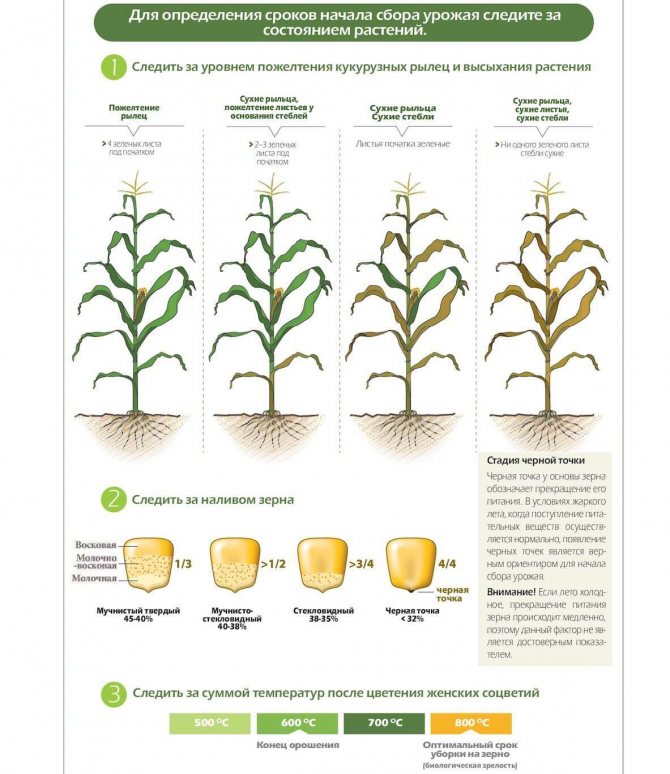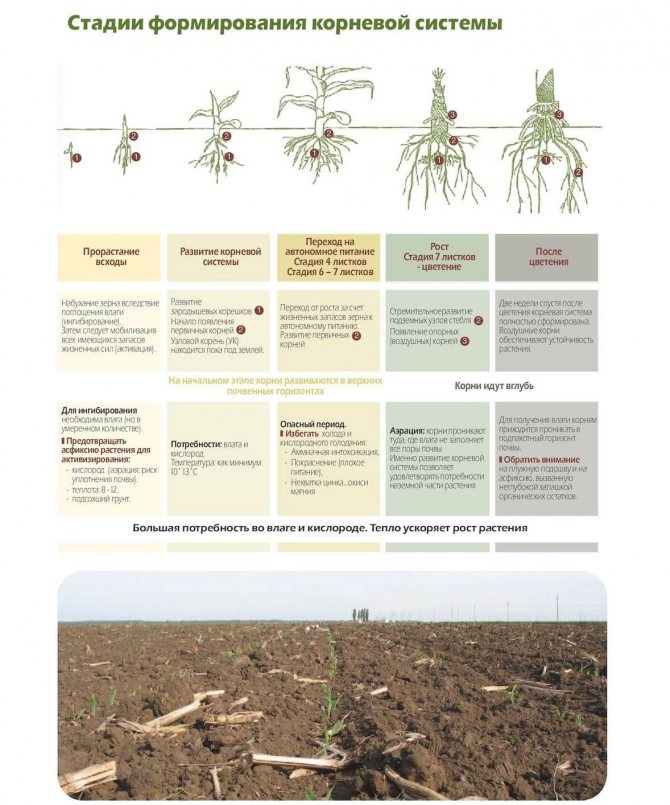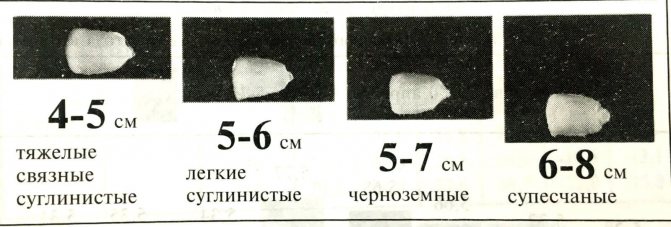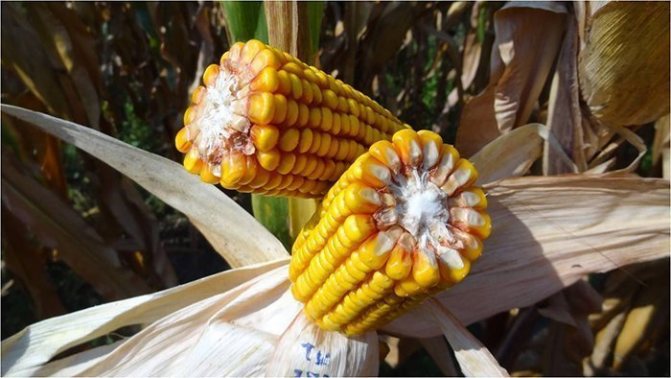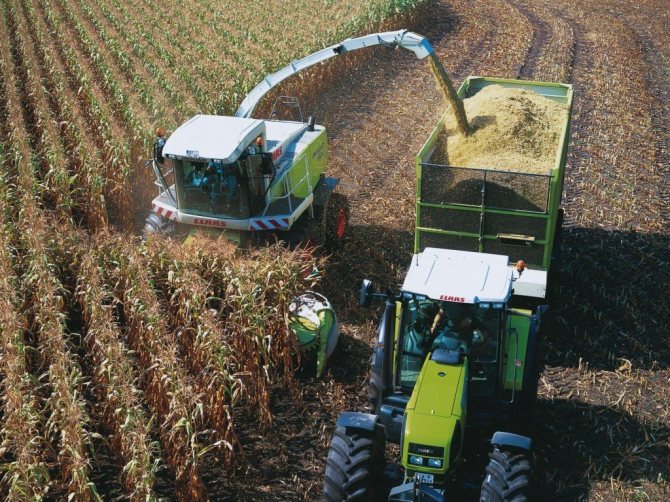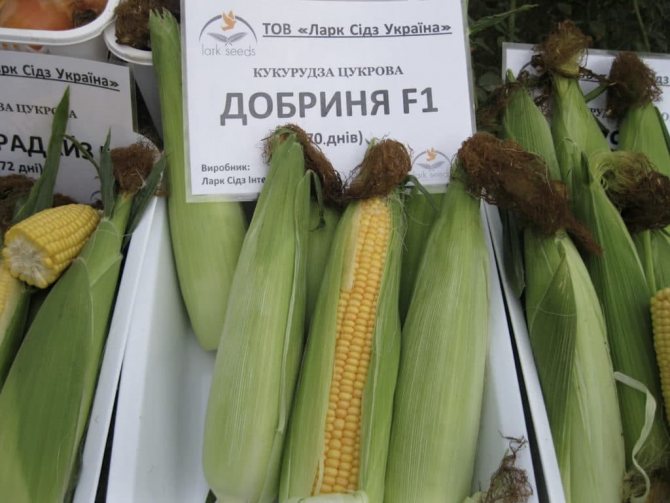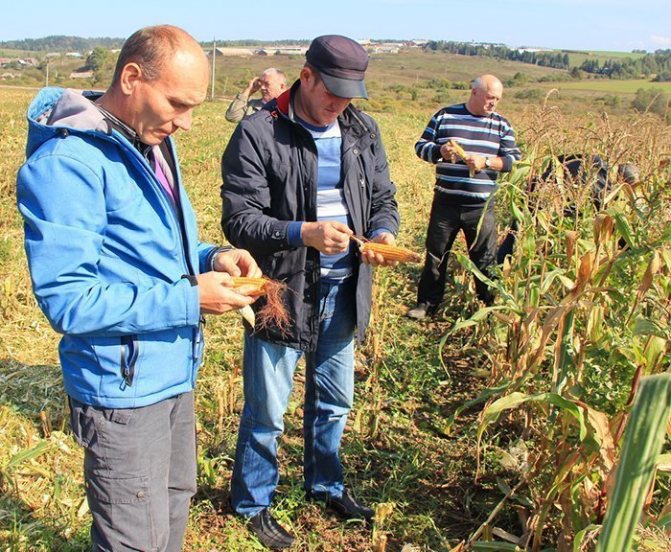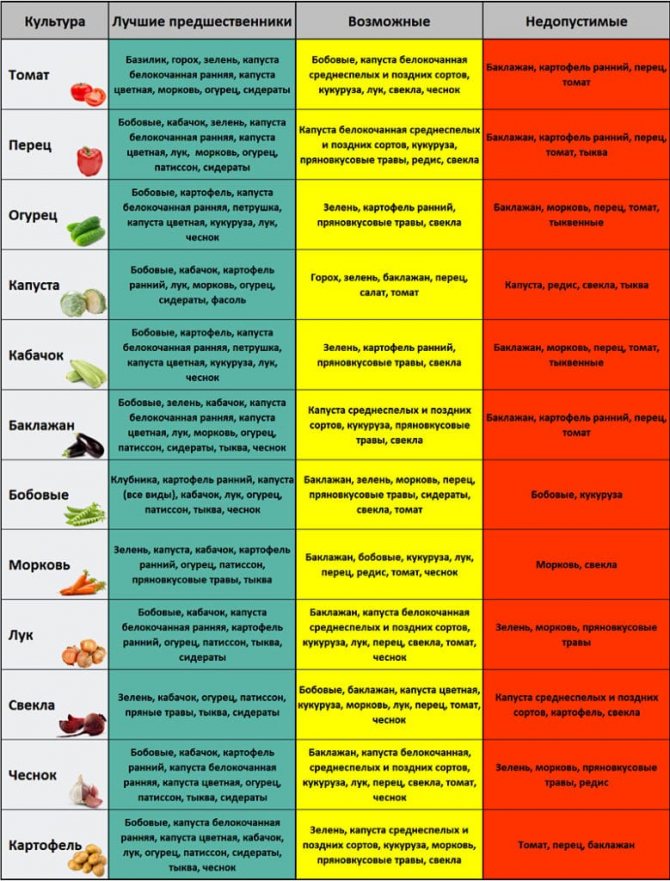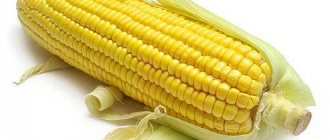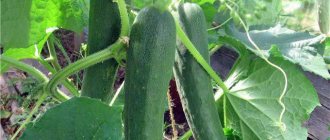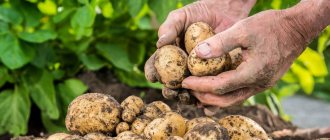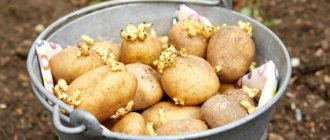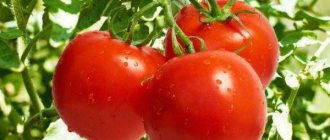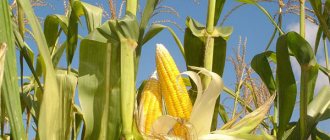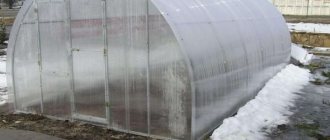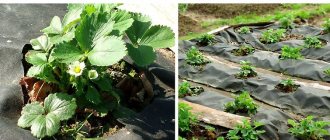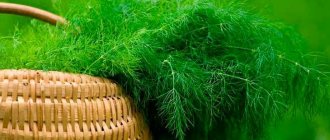Soil preparation and selection
Planting corn at a summer cottage begins with choosing a place. For this, it is necessary to mark sunny, windless areas. Selected areas with light fertile soil, rich in humus. In cases of clogged and heavy soil, it is fluffed and drained. If the soil has high acidity, it is lime, the consumption of lime per 1 sq. M. - 300g.
Advice! Legumes, tomatoes and melons will be good predecessors of corn.
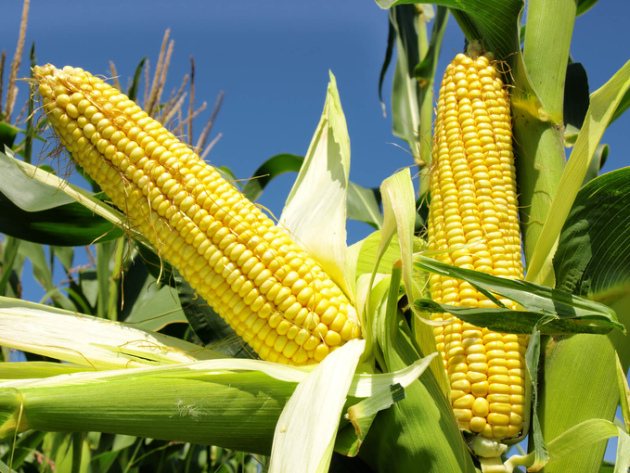
Planting corn at their summer cottage
The preparation of the land begins in the fall, making 1 sq. M. a mixture of half a bucket of compost, 2 tbsp. spoons of superphosphate, 1.5 tbsp. tablespoons of potassium sulfate. Then the soil is dug up. If the preparation has not been done in advance, fertilization can be applied in the spring, subject to deep loosening.
Important! How to plant corn in the country? Corn can be placed as a curtain to shield vegetable beds from the wind and scorching sun. Legumes can grow on tall corn sprouts. Planting the crop next to the pumpkins will provide protection for the soil from overheating and drying out.
Seed preparation
Planting thuja at their summer cottage
Full-weight seeds are selected for planting, which can be isolated during the calibration process. Calibration is carried out by soaking the grains in brine for 2 hours. To prepare a saline solution in a liter of water, dissolve 1 tbsp. a spoonful of table salt. After the expiration of time, low-quality material will float to the surface, and full grains will settle to the bottom of the container. After this procedure, the selected seeds are washed and dried. Then the seeds are etched to protect against diseases. A weak solution of manganese, hydrogen peroxide or a powder pesticide is used as a disinfectant.
Note! Seeds that have already been processed by the manufacturer do not require calibration and soaking.
Seed material is placed evenly in a damp tissue, placed in a container and liquid is added. The liquid should not completely cover the grains so that they can access oxygen. In this state, the seeds are kept for up to 12 hours. If you regularly make up for the lack of water in the container, you can wait until the seeds hatch. The hatched seeds can be sown in the ground.
You can soak corn seeds in:
- Melt water. To obtain it, you need to place the purified water in the freezer to freeze, then take it out and wait until the ice is half thawed. The melt water temperature should be no higher than 20 degrees.
- Water with honey. Dissolve 1 tbsp in a glass of water. a spoonful of honey.
- Water with aloe. Scarlet juice is dissolved in water in a 1: 1 ratio.
Maize cultivation technology - planting, watering, fungicide treatment
The first step is to pay attention to sowing, because "as you sow, so will you reap." This process is quite simple - the main thing is not to bury the grain too deeply in the ground, so that the vitality of the seedling is enough to overtake the weeds and wait for weeding. You can sow in several ways:
- Trench. Its essence is as follows: a trench breaks through with a hoe or a manual rallying to a depth of 13-17 cm, water is poured into it, then 3-4 grains are poured per 1 meter.The trench is buried and water is poured again so that the moisture is closed and the grain is in the moist soil for the next 4-5 days. You can water often.
- Dimpled. 3-4 holes are made for 1 meter, in which the grain is placed. The method is convenient in that the corn will be properly organized, the rows are even, the plants are equally distant from each other. But this does not affect the yield - only extra manual labor.
- Rassadny. As a rule, corn for grain is not grown by seedlings, since early harvesting is not a priority, and planting of seedlings does not affect the yield. But, nevertheless, if you need to quickly get a harvest and very little corn is planted, then you can first germinate it in jars.
As for watering, it must be ensured throughout the entire growing season of the plant, since corn loves moisture. Care must be taken to ensure that the top layer of the earth never dries up. Ideally, drip irrigation should be done so that water does not fall on the leaves during the hot part of the day. Thus, the leaves will not burn and can be watered even during the day. If there are no funds for drip irrigation, you can do with the usual "spinners", only water mainly in the evening.
Fungicide treatment is necessary in the event of an invasion of insects that will destroy the plant's growth point or tops. It can be both aphids and a variety of fungal parasites that develop in a too humid environment. The corn is sprayed with a double dose, i.e. the package is diluted in 5 liters of water. There is no need to spray corn from weeds, since after weeding it develops quickly and covers the entire area with a shade.
Growing seedlings
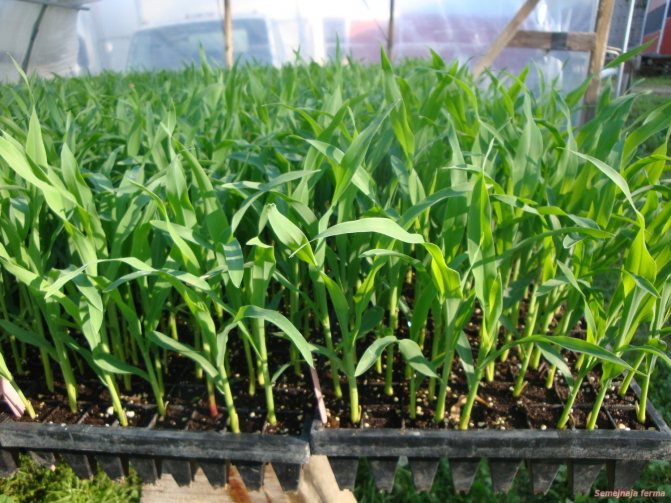

Seedling corn
Planting corn seedlings
For growing corn seedlings, a soil consisting of 2 parts of compost, 1 part of peat and 1 part of sand is suitable. In mid-April, corn seeds are sown in prepared soil or peat pots to a depth of 3 cm, several grains each. Then fall asleep with a centimeter layer of sand. Transplanting seedlings into the ground can occur at the age of 20 days.
Corn: a description of a cultivated plant
Corn is a representative of the Zlakov family, or the Myatlikov family. This is an annual herb that came to our territory from Mexico.
Did you know? Corn is the name of the genus, which is represented by one plant with the same name - corn.
The plant can grow up to 3 m in height, and some species can grow up to 6 m. The upright stem develops from a well-developed root system. Corn differs from other cereals also in the structure of the core, which is not hollow. The leaves are large, with a solid edge and horizontal veins. Leaves of light green color grow up to 10 cm wide. The height of one leaf is about 1 m. From the outside, the leaves are slightly pubescent. One stem can have from 12 to 23 leaves. The fruit of corn is a caryopsis that can vary in color and size depending on the variety.


The scheme of planting corn at their summer cottage
How to plant corn in open ground with seeds in the country? For planting seeds in open ground, holes are made at a distance of 30 cm between future plants. The distance between the rows should be at least 70 cm. It is necessary to sow several seeds to a depth of 9 cm. After emergence (after 10-14 days), weak shoots are removed, leaving the most developed ones.
Seedlings are planted according to the scheme: the distance between the rows is 50-70 cm, between the plants - 30-40 cm.
Harvesting and storage of crops
The ears are picked at different stages of maturity. The most delicious cooked is milk corn, the grains of which have a pale yellow tint.
If the culture is grown for grain, then the ears should be picked at the stage of biological maturity. External sign - the tips of the panicle acquire a deep brown hue.The grains are separated from the cobs and dried well before storing them.
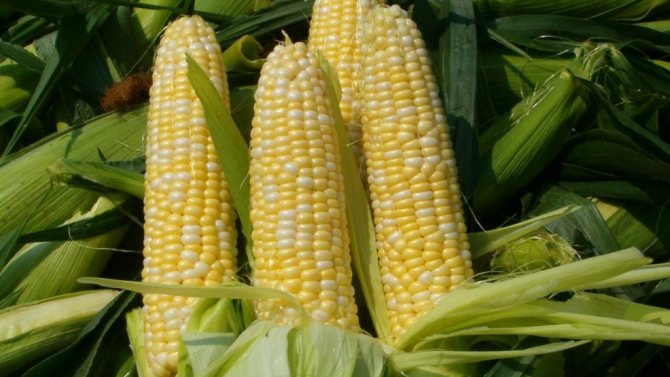

A dry, dark and well-ventilated area will preserve the crop for a long time. A small supply of ears or kernels can be packed in bags and placed in the freezer.
Expert opinion
Stanislav Pavlovich
Gardener with 17 years of experience and our expert
Ask a Question
Recommendation! The ears and grains must be well protected from rodents.
Common methods: place mousetraps in rooms, place rags treated with Freitenmaus repellent, lay out chopped elderberry branches (do not put on food!).
Corn care rules
For the correct development of the plant in the process of growth, it is necessary to establish proper care for the cultivation of the crop. Corn, a plant that germinates rather slowly, and a weed during this time, can clog tender seedlings. To do this, it is necessary to weed the row spacings, as necessary, but do it carefully so as not to damage the already weak root system of the plant.
Corn responds well to the application of organic and potassium-phosphorus fertilizers. Therefore, the first feeding with compost must be carried out when the plant begins to grow. And apply mineral fertilizers to the soil before planting, in about two weeks. Daily watering is also necessary when caring for seedlings, for better absorption of moisture by corn, water it early in the morning or in the evening. Subsequent care of corn seedlings should include mandatory loosening of row spacings, at a safe distance from the plant, so that root damage does not occur.


During flowering, some growers artificially pollinate the corn in order to increase yields and achieve high quality cobs. For this, the pollen of the male panicle must be transferred to the female inflorescence. This procedure improves the quality of the kernels on the cob. During active growth, corn can give additional young shoots, they must be cut, otherwise the corn will not give cobs, but will grow in breadth.
Garden care
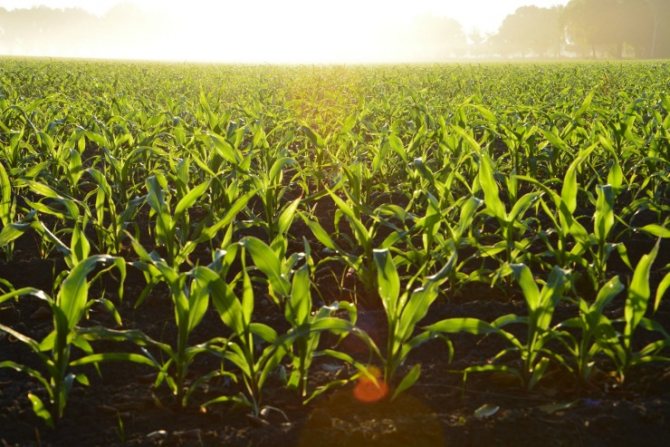

Caring for corn is simple and includes traditional weed control, loosening the soil.
I regulated watering depending on the amount of precipitation. It is not worth overdrying the soil, since a lack of moisture leads to incomplete tying of the grains in the cob.
I fed the plants three times a season. For these purposes, at the dacha, I prepare an infusion of chicken manure and a fermented solution of nettle, snow and other common weeds.
Thus, the plants did not require special attention, developed well and pleased with a good harvest. It is important not to miss the collection deadlines. The main sign that the ear has formed is the browning of the threads at the top.
The idea of joint cultivation of corn with cucumbers is now popular among summer residents.
It is assumed that when planted in this way, corn will support the cucumbers and provide them with better development. I cannot call my experience in implementing this idea successful.
When it comes to pests, the most common attack on corn is the wireworm and the fly fly.
The wireworm settles in seeds and sprouts and eats them up from the inside.
The larvae of the Swedish fly, getting inside the plant, feed on its juices, which leads to the weakening and death of the corn.
For the prevention of pest control, it is recommended to plant corn early and conduct timely weed control. In the event of a possible defeat, use specialized means, the choice of which is now very wide.
Corn diseases
To combat diseases of corn, it is necessary to maintain an optimal balance of the soil, observe crop rotation, process the grain, before planting it in the soil with fungicides, and prevent corn from being adjacent to other crops that pose a threat to the plant. Carry out the necessary and proper tillage before sowing. Eliminate harmful insects in your area. Sort seeds, affected grains must be thrown away, do not expect any benefits from them and seedlings.The most common diseases of corn are: nigrosporium, blister smut, diplodiosis, fusarium, as well as head smut, red rot and anthracnose, which are quite common.


- Dusty smut. A disease that affects the ears of corn, the fruits thicken, become soft and rot, the disease causes a fungus, which soon takes away the vitality of the plant and leads to its death. Treatment consists in treating plants with special preparations such as Benomil or Fundazol. You can also choose hybrid varieties that are resistant to this disease.
- Red rot. Another unpleasant corn disease caused by fungal spores. First of all, the ear of corn is affected, the grains turn red, lose their aesthetic appearance, a gray plaque develops on them, moving deep into the ear itself, the disease is contagious and is transmitted between plants. Treatment of corn for red rot is done with antifungal drugs.
- Anthracnose. A corn disease caused by a fungus affects almost the entire plant, causing stem and root rot, complete rotting of the cob. Fungal spores easily move from a diseased plant to a healthy one, thereby affecting large areas of crops. The treatment of crops is difficult, preventive measures are the observance of crop rotation, plowing of plant residues, after harvesting.

